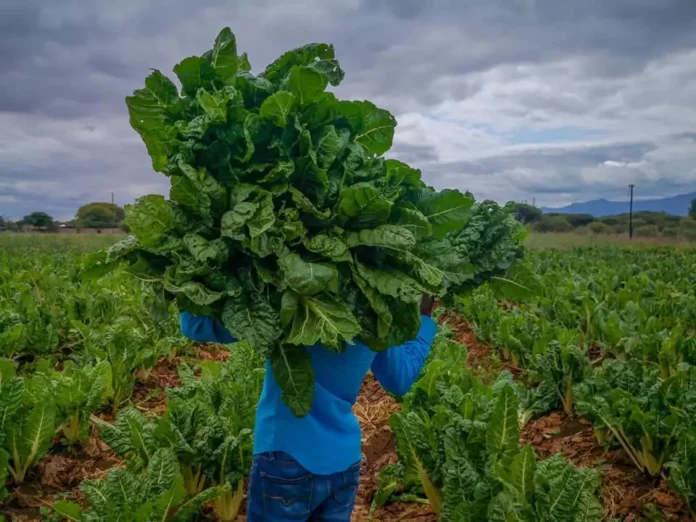Depending on the variety grown and the climatic conditions, spinach farming in Kenya can yield significant profits in a single season.
iMaDe FARMs, an agriculture expert states that with good practices and proper farming conditions, it’s possible to harvest up to 10 tons of spinach from an acre.
iMaDe adds that depending on the variety, spinach takes up to 10 weeks to mature and with the right skills, a farmer can harvest up to 4 times.
The expert shares some tips that farmers can apply to earn big from Spinach farming.
Ecological requirements
Being a cool-weather vegetable, spinach can withstand the first frost of temperate climates. Temperatures ranging from 4 to 16°C are ideal for germination and growth. It can, however, withstand temperatures as low as -7 degrees Celsius.
A well-draining loamy soil with a pH of 6.4 to 7.0 is ideal for spinach growth. It is vulnerable to excessively high pH levels and acidic soil.
Even though spinach prefers full sun, it can still yield a substantial amount in partial shade. In hot weather, seeds germinate slowly or may not germinate at all. Additionally, heat causes plants to bolt (go to seed) which ruins the crop’s flavor.
9 reasons your dairy cow has stopped giving you high milk production
Planting & cultural practices
Spinach is propagated solely by seed and is first grown in a nursery before being transplanted into the main field.
Nursery establishment
The nursery bed should be set up with one meter of width and the necessary length. Plant seeds in the bed at a depth of approximately one inch.
Cover the seeds lightly with soil and add a thin layer of dry grass (mulch) to the nursery bed. Water the nursery bed. Seeds germinate in approximately 5-7 days. Water seedlings regularly.
Transplanting
After 4-5 weeks, when they have 3–4 leaves, seedlings are prepared for transplanting. However, this relies on the local ecological elements, such as temperature. It is best to transplant on a cloudy day or in the late evening when the sun is low.











